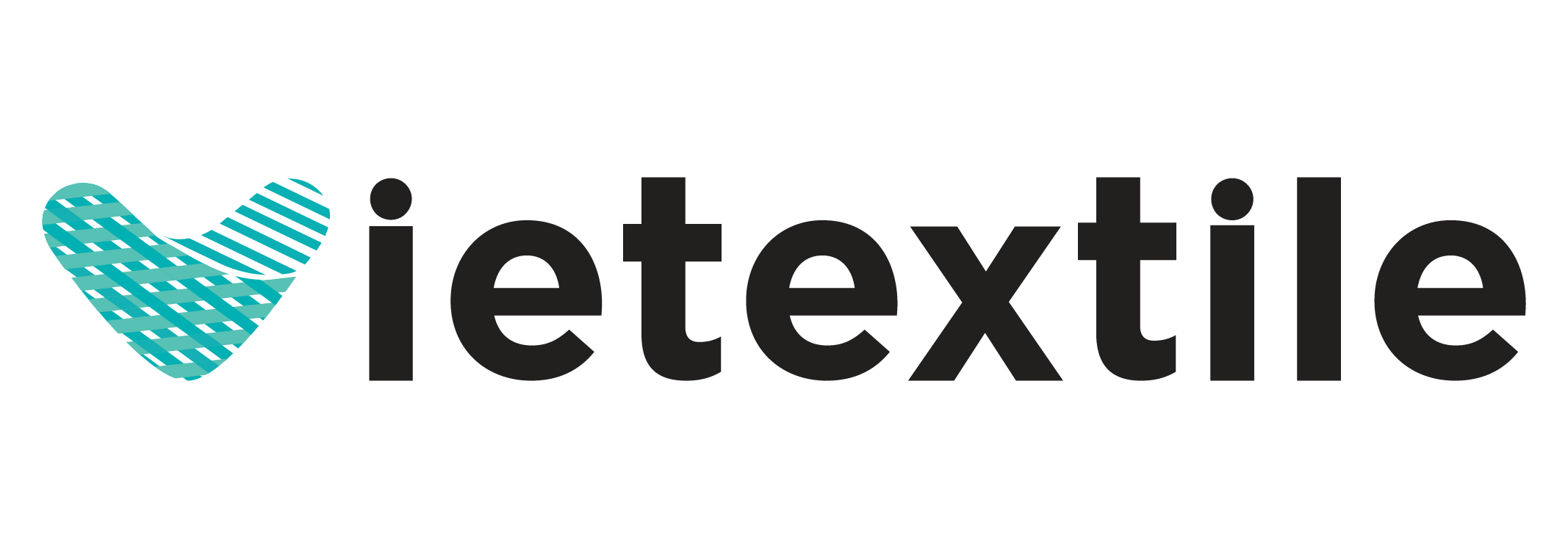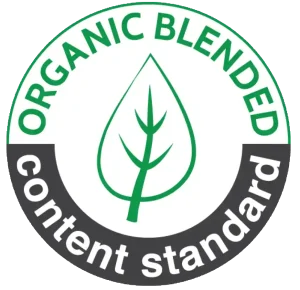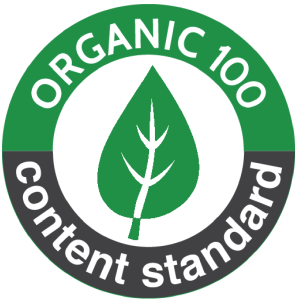Are you looking for the best dye for your cotton fabric to optimize product quality and production costs? This article will guide you on how to choose the right dye for cotton fabric through 7 easy-to-understand and immediately applicable steps.
1. Why Choose Dyes for Cotton Fabric Is Important?
Nội dung tóm tắt
Toggle
Cotton is a natural fiber known for its softness, absorbency, and high compatibility with dyes. However, choosing the wrong dye can not only lead to quick fading but also reduce the fiber’s durability, causing significant economic loss.
According to a report by Textile World (2024), factories that used the correct dye type reduced their product defect rate by 32% and saved an average of 18% on post-dyeing treatment costs. Choosing the right dye not only directly affects the quality of the final product but also determines your brand’s reputation.
2. Overview of Dye Groups for Cotton Fabric

Understanding each dye type will help you make a more informed decision:
- Reactive Dyes: Create a strong bond with the fibers, with extremely high colorfastness.
- Direct Dyes: Fast to dye, low cost, and medium colorfastness.
- Vat Dyes: Super colorfast but the dyeing process is complex.
- Sulfur Dyes: Low cost, medium colorfastness, and easy to use.
- Natural Dyes: Ecologically safe but have low colorfastness and require a precise dyeing technique.
Each dye type has its own advantages and disadvantages, and the choice depends on the production purpose.
3. 7 Criteria ways to Choose Dyes for Cotton Fabric

3.1. Based on the End Product’s Use
If you are producing high-end export goods, such as premium shirts or high-quality jeans, you need to prioritize reactive or vat dyes to ensure colorfastness according to international standards (ISO 105). For domestic goods, uniforms, or low-cost products, direct dyes can be a cost-effective and standard-compliant choice.
3.2. Consider the Required Colorfastness
Colorfastness includes many aspects such as lightfastness, wash fastness, and rub fastness. If high wash fastness is required, prioritize Reactive Dyes. If high rub fastness is needed for jeans, choose Vat Dyes. Dr. Mark Bismarck from Cotton Incorporated says, “Reactive dye is the most optimal technology for cotton in terms of durability and energy savings.”
3.3. Ability to Apply on a Large Scale
In industrial production, speed and stability are crucial. Reactive and direct dyes have a faster dyeing process and require less complex techniques than vat dyes. This is especially suitable if you operate Jet or Overflow dyeing machines with a capacity of 500kg of fabric per batch or more.
3.4. Cost and Total Expenses
You should not only look at the purchase price of the dye. You need to consider the cost of energy, water, processing chemicals, and the loss rate.
- Reactive Dyes have a higher price but reduce the cost of washing and the defect rate.
- Direct Dyes are cheap but require more washes to fix the color, increasing indirect costs.
A survey by World Textile Information Network (WTiN) in 2024 shows that the average operating cost with Reactive Dyes is 12% lower than with Direct Dyes when considering the entire process.
3.5. Specific Cotton Fiber Characteristics
Not all cotton is the same. Combed cotton absorbs dye differently than regular cotton.
- For thick and coarse cotton, use sulfur dyes to optimize costs.
- For high-end cotton, use reactive dyes to achieve vibrant and deep colors.
3.6. Color and Hue Requirements
Not every dye can achieve all the desired colors. For example:
- Reactive dyes show navy blue and bright red colors very well.
- Sulfur dyes are suitable for dark colors like black and brown.
If your brand aims for prominent colors, you should choose a dye with a rich color palette and one that is easy to match to international color standards (Pantone Matching System).
3.7. Environmental Factors and Green Certifications
If you are targeting markets that require green certifications like GOTS or OEKO-TEX, you need to use dyes with low toxicity. Currently, major brands like Archroma and DyStar have developed environmentally friendly reactive dye lines, reducing wastewater by up to 50%. Choosing green dyes not only protects the environment but also increases brand value, making it easier to access demanding markets like Europe and Japan.
4. Real-World Examples from Successful Factories
Some Vietnamese textile companies have switched from using Direct Dyes to Reactive Dyes since early 2024. Results after 6 months:
- The defect rate decreased from 5% to 1.8%.
- Wastewater treatment costs decreased by 22%.
- Export contracts to Japan increased by 30%. This change not only helped the company improve efficiency but also enhanced its “sustainable” brand image.
5. Common Mistakes When Choosing Dyes for Cotton Fabric
- Choosing a cheap dye without calculating the total cost.
- Not checking the compatibility between the dyeing machine and the dye type.
- Lacking a post-dyeing colorfastness testing process.
- Ignoring environmental factors in product certification. Avoiding these mistakes will help you save costs and enhance your competitiveness.
6. New Trend: Environmentally Friendly Cotton Dyeing Technology
In 2025 and beyond, cotton dyeing trends will focus on:
- Low salt reactive dyes: Reduces salt usage by up to 60%.
- Enzyme-assisted dyeing: Uses natural enzymes instead of chemicals.
- Waterless dyeing: Dyes with supercritical CO₂, using almost no water.
According to Sourcing Journal (2024), 68% of major global brands have included sustainable dyeing criteria in their supplier selection standards.
7. Choose Dyes for Cotton Fabric as an Investment Strategy
Choosing a dye for cotton is not an expense; it is a long-term investment strategy. You need to consider a balance between quality, cost, production scale, and market requirements. If you are still unsure, VieTextile is always ready to provide detailed consultations and reasonable quotes for your cotton fabric dyeing needs.
Contact VieTextile today to get the most optimal dyeing solution!
FAQ – Frequently Asked Questions
- Which dye for cotton is the most colorfast? → Reactive Dyes or Vat Dyes are currently the best choices.
- Do I need to check the pH when dyeing cotton? → Yes. The ideal pH for dyeing cotton with Reactive Dyes is 10–11.
- Are direct dyes suitable for high-end products? → No. They should only be used for low-cost products or those with medium colorfastness requirements.
- Are there any environmentally friendly cotton dyes? → Yes. “Low salt” reactive dyes and enzyme dyeing are becoming a green trend.
- Can I dye cotton with disperse dyes? → No. Disperse dyes are only used for polyester and synthetic fibers.
(See more on “Notes on dyeing cotton and polyester fabrics“)










